Hydraulic Modeling - Surge Analysis
Surge, water hammer, hydraulic transient, pressure wave, what ever you want to call it. Lets make sure your system is under control under all pumping scenarios. Let's collaborate.
Why do we need a surge analysis?
- To determine why the pipeline is breaking.
- For new designs to make sure the pipeline doesn't break.
- To make sure the pipeline stays pressurized to meed regulatory requirements.

Surge Analysis - Peer Review
Working with end users and engineers is key to optimizing a system. Aging infrastructure coupled with project expansions all need to be taken into consideration on the potable water, reclaimed water, and even pressurized force main systems.
Potential effects on a water system
- More frequent leaks or bursts
- Pipe collapse
- Pump and valve failure
- More frequent broken seals
- Damaged pilots on valves
- Outside intrusion (health risks)
- Poor or unacceptable service
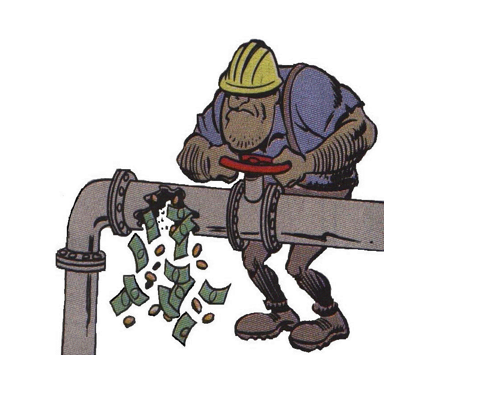
Data to preform a surge analysis...
If a hydraulic model already exists, we can work with an EPANET file export generally to preform the surge analysis. If a model does not exist, we need to obtain the below system data:
- Pipeline plan and profile
- Pipe materials
- Pipe size
- Air valves sizes and locations along the line
- Pump station setup (including pump curves)
- Operating scenarios
- Storage tank levels
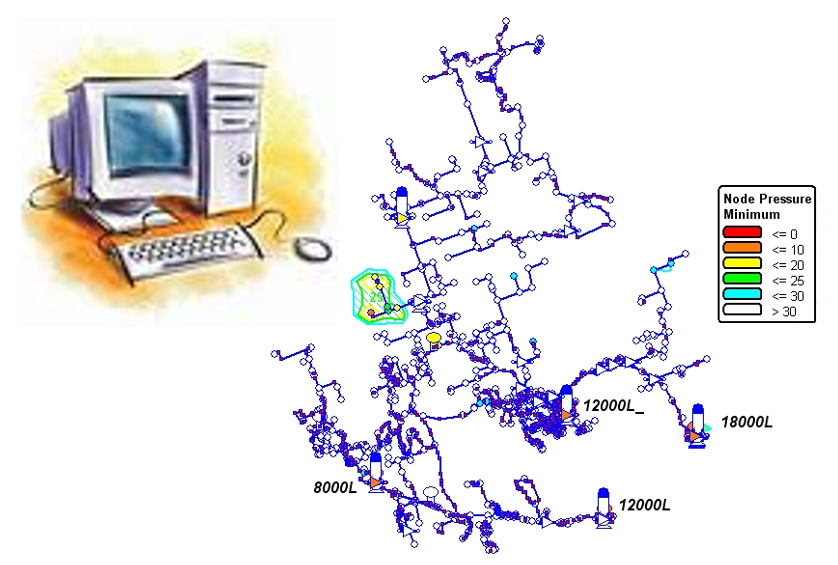
What Causes Pressure Surges?
Rapid change in flow rate caused by:
Valves
Opening and closing too quickly.
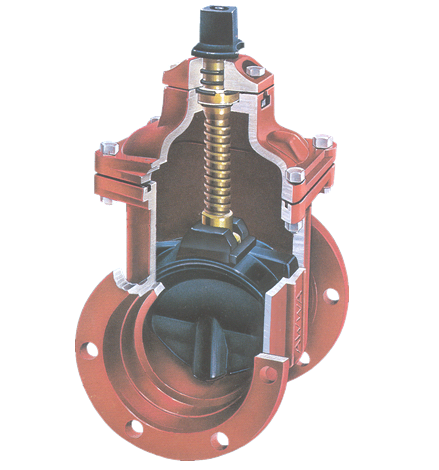
Pumps
Start-up, stop, power failure.
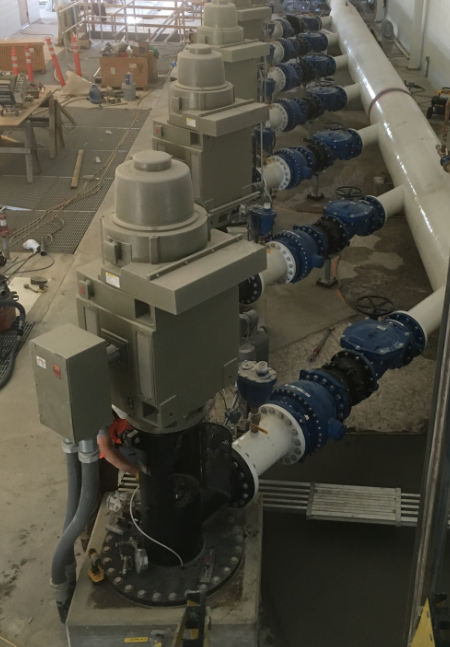
Check Valves
Slamming.
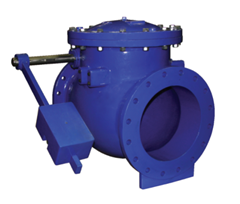
Air/Vac Combinations
Air Slam.
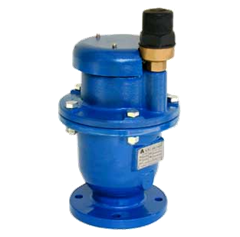
Worst-case analyzed...power failure at max flow.
Fill out the form below for us to connect with you.
Interested in more...gain access to our engineering shared folder below.
Let's Stay Connected!